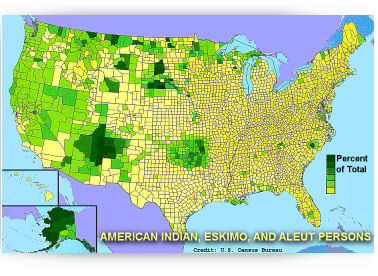Source: Office of the Assistant Secretary – Indian Affairs
WASHINGTON, D.C. – On the heels of President Obama’s historic visit yesterday to the Standing Rock Sioux Tribe of North and South Dakota, Assistant Secretary – Indian Affairs Kevin K. Washburn today announced the implementation of a new initiative to hire more American Indian and Alaska Native veterans to work for Indian Affairs.
“In building a 21st century workforce, we recognize the importance of attracting and retaining veterans in this organization,” said Assistant Secretary Washburn. “Individuals who have served in the Armed Forces have a proven track record for integrity, discipline and leadership, and are highly qualified candidates in a variety of occupations throughout Indian Affairs.”
To achieve the goal of hiring more American Indian and Alaska Native veterans throughout Indian Affairs offices and bureaus, Washburn announced plans to increase the number of Indian veterans hired from the current rate of 9 percent to 12.5 percent.
Indian Affairs bureaus, regional offices and agencies provide a wide range of direct services to American Indian and Alaska Natives and already utilize an Indian Preference policy in hiring. Nearly 100 percent of the positions in the Office of the Assistant Secretary – Indian Affairs, the Bureau of Indian Affairs and the Bureau of Indian Education are staffed with American Indian and Alaska Native employees through Indian Preference. Indian Affairs officials are interested in hiring veterans prior to their discharge from the Armed Forces and are actively seeking members of the National Guard and reserves who are looking for careers that serve Indian Country.
Steps that will be taken to achieve the new initiative include:
- Increasing participation in job fairs targeting veterans;
- Establishing a presence on the Fedshirevets.gov website to highlight success stories of veterans already working in Indian Affairs;
- Utilizing social media such as Facebook and Twitter to promote accomplishments of veterans in Indian Affairs and alert prospects of the availability of open positions;
- Leveraging resources with other DOI agencies that have been successful in recruiting veterans to develop new strategies for attracting veterans to employment opportunities within Indian Affairs;
- Working with local veterans groups, especially Native American veterans groups, in the field to publish employment opportunities with Indian Affairs;
- Using the USAJobs.gov website to highlight positions of interest to veterans that will utilize their skills gained in military service; and
- Developing a Senior Executive Service (SES) performance element targeting increases in veteran hires in positions within Indian Affairs offices and bureaus.
For more information about the DOI Indian Affairs’ hire the American Indian and Alaska Native Veterans Initiative, please visit our website at http://www.bia.gov/jobs/Veterans/ or call:
Nancy Nelson, Human Resources Specialist, Indian Affairs Office of Human Capital Management, at (202) 208-6175.
The Assistant Secretary – Indian Affairs assists and supports the Secretary of the Interior in fulfilling the United States’ trust responsibility to the federally recognized American Indian and Alaska Native tribes, villages and individual trust beneficiaries. The Office of Human Capital Management (OHCM) oversees human resources management, policy and operations for the Bureau of Indian Affairs, Bureau of Indian Educationand the Assistant Secretary Indian Affairs. The Office of Human Capital Management reports to the Deputy Assistant Secretary Indian Affairs – Management within the Office of the Assistant Secretary – Indian Affairs.

